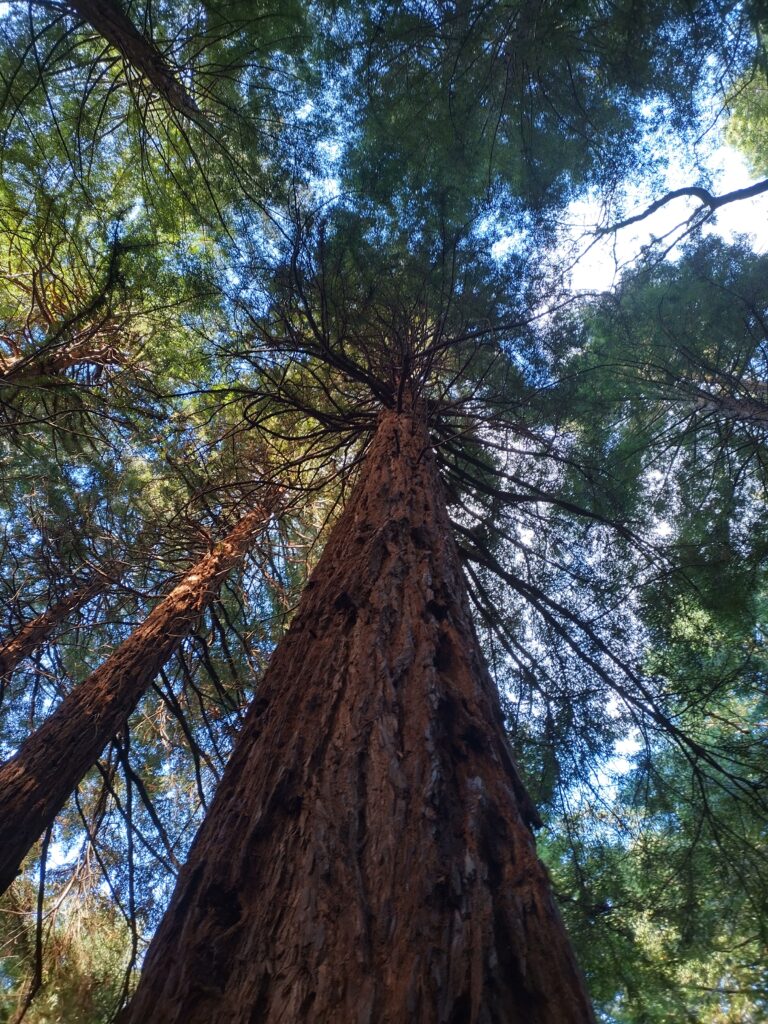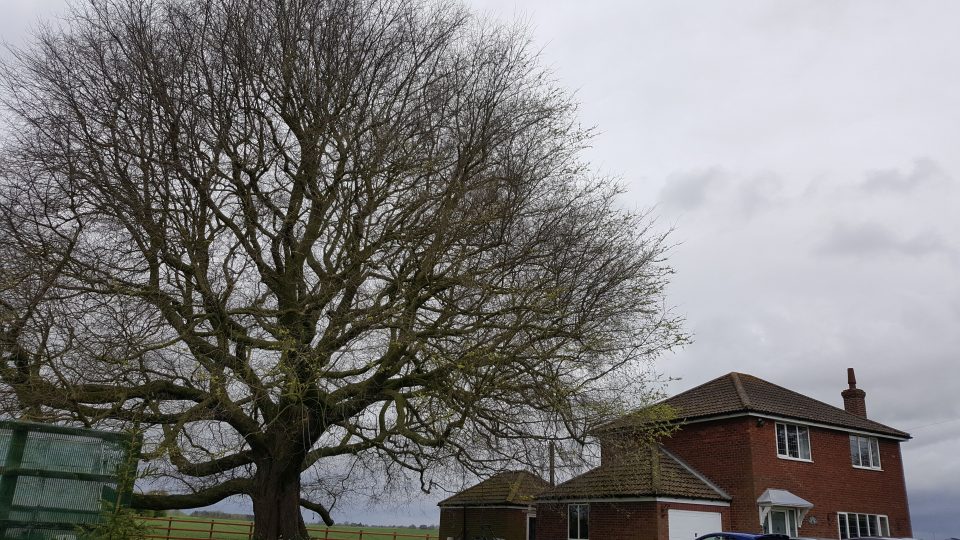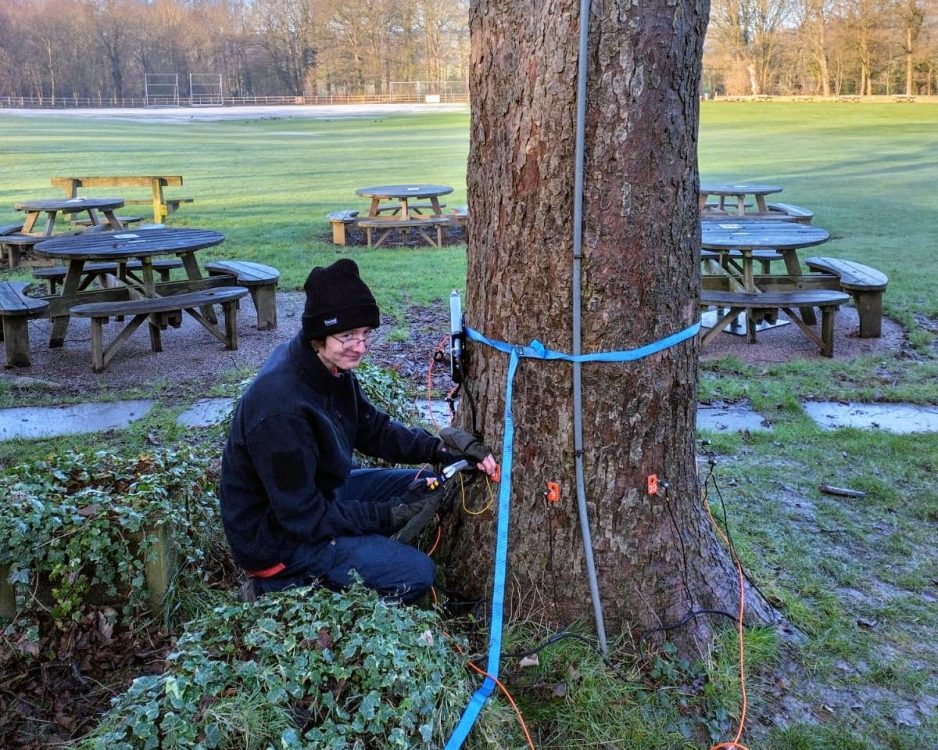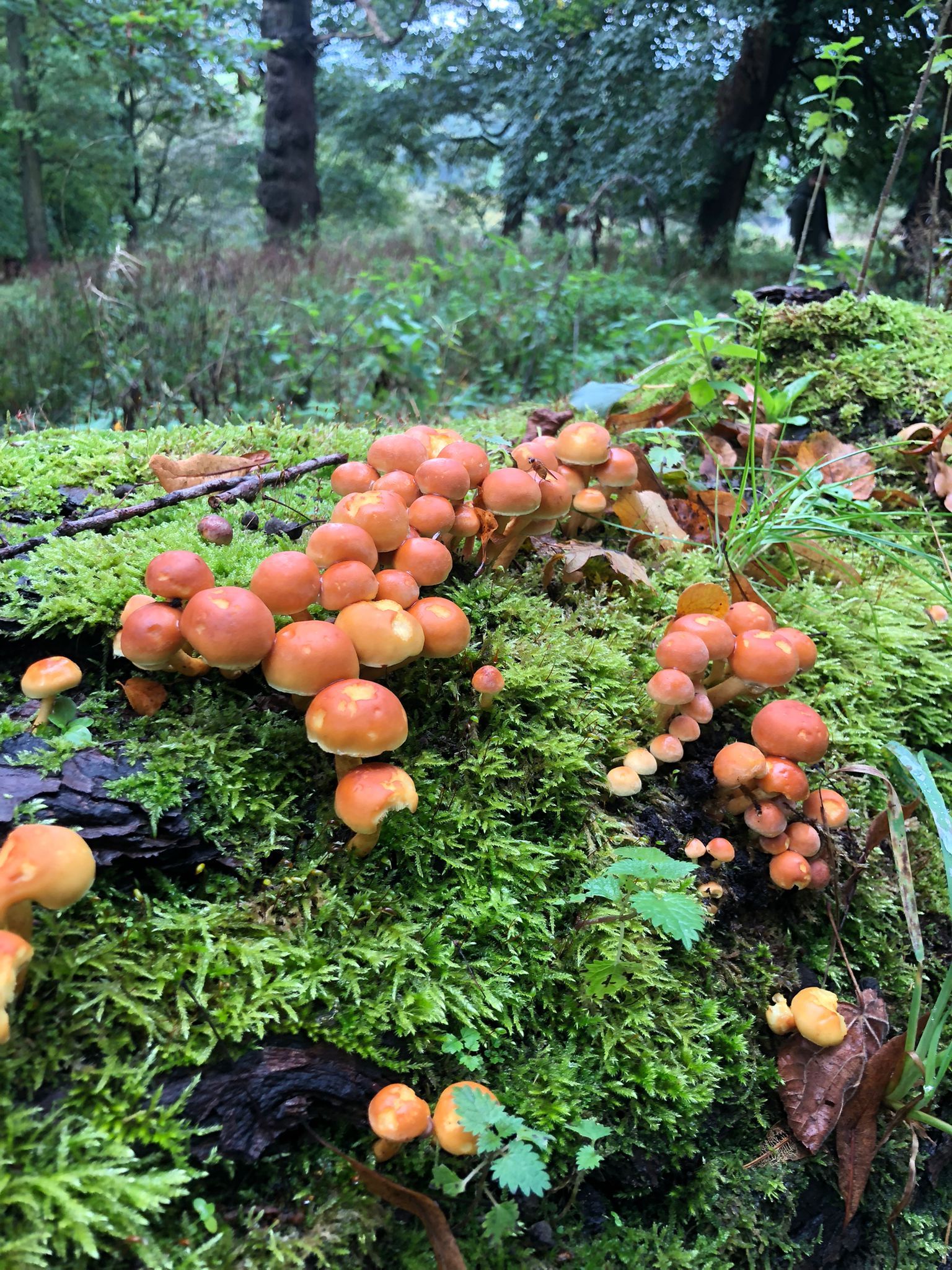
Fungi: Vital for Trees and Arborists
24th October 2023
Tree Surveys Near Me
15th November 2023A Masterclass in Identifying Conifer Trees
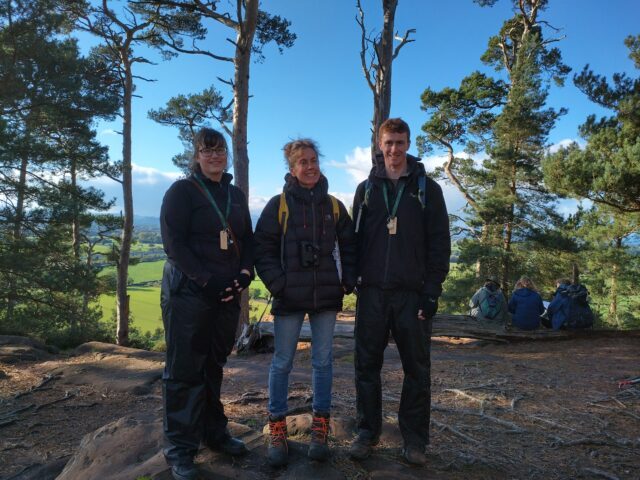
A Review of the ‘Getting to Know Conifers’ Course by the Field Studies Council
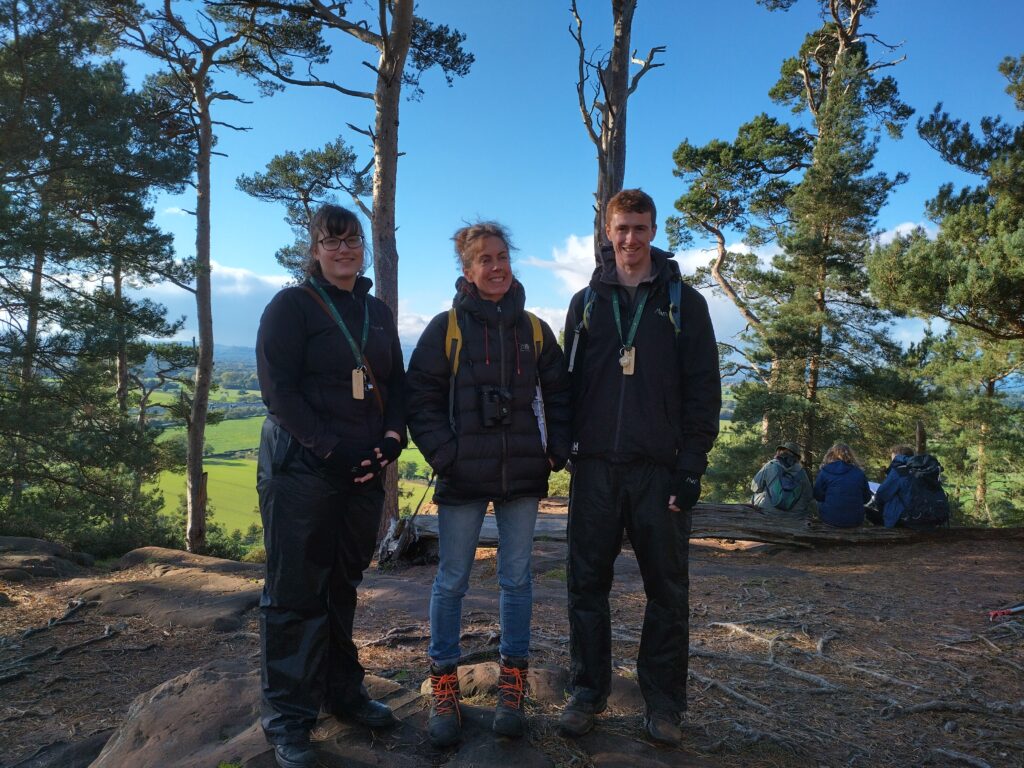
Arboriculturists Lucy, Sophie and Joe at AWA Tree Consultants recently had the opportunity to attend a weekend residential course called ‘Getting to Know Conifers’ at the Preston Montford Field Studies Council Centre. Under the expert guidance of Mark Duffell of Arvensis Ecology, this botanical tree course was thoroughly enjoyable and a brilliant learning experience. The course is aimed at people who would like to improve their level of conifer identification skills, whether that is distinguishing a Pine from a Fir or getting in to the nitty gritty of a specific species identification. In this review, we will share our experience and highlight the skills gained during the course, providing us with the ability to confidently identify conifer trees using their diagnostic features.
The course exceeded our expectations in terms of comprehensiveness and practical application. Mark Duffell, an expert tutor in the field, had an exceptional knowledge of botanical identification and classification. Through engaging discussions, interactive demonstrations, and hands-on exercises, both in the classroom and out in the field, he effectively conveyed the method for confidently identifying conifers.
The course covered a wide range of conifer species, delving into their unique characteristics, growth patterns, and environmental significance. Conifers are a group of cone-bearing seed plants, a subset of the Gymnosperm clade. They make up the Pinophyta division, consisting of the only surviving class Pinopsida. To assist with our learning, Mark had collected a huge variety of vegetative samples from all the weird and wonderful conifers you could think of, with just as many cones to accompany them.
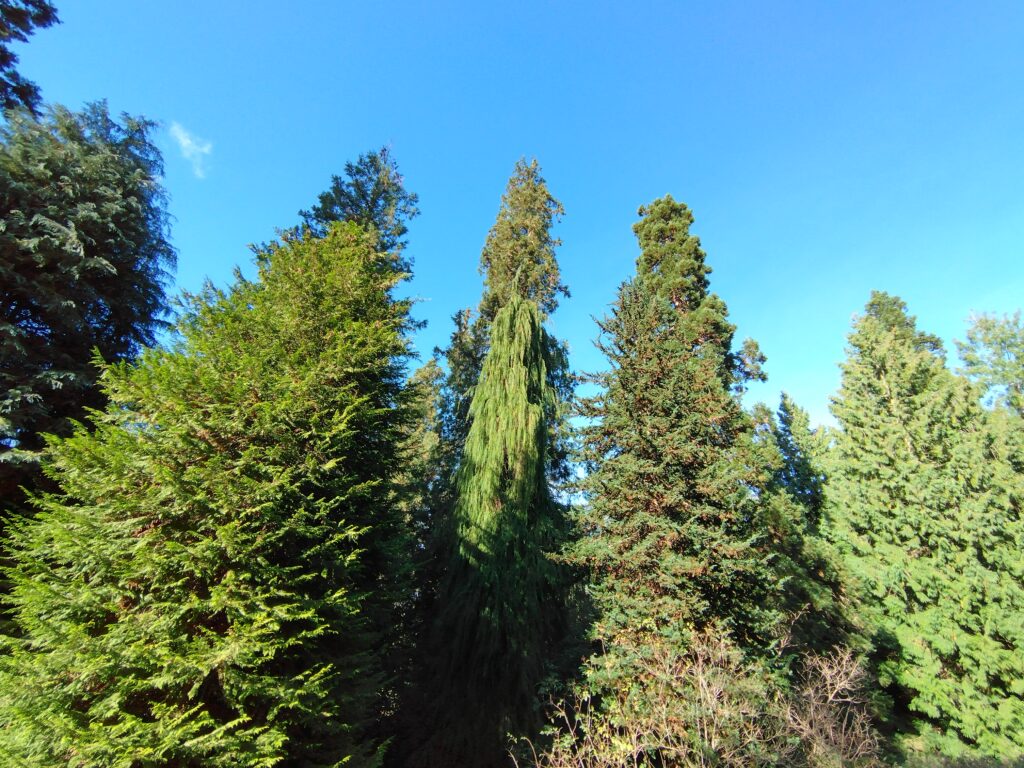
We learned how to differentiate between various conifer families, as well as the essential tools required for identifying plants down to the species or sub-species/cultivar level. We used botanical keys, books, microscopes, hand lenses, and even our noses to aid our identifications.
The course aimed to balance theoretical knowledge with practical application. We particularly enjoyed the combination of classroom exercises with trips into the field to put our skills to the test. Field trips to Nesscliffe Woods and Leighton Red Woods supplied an amazing array of species spanning the many conifer families. Nesscliffe Woods, growing on the site of an Iron Age hillfort, featured trees to introduce us to the more common conifer genera, such as Pines, Firs, and Spruces with some examples of Redwoods and Cypresses.
The Naylor Pinetum at Leighton had a particularly unique collection of species including the first Leyland Cypress. This hybrid tree was first created on the site due to a hybridisation between a Monterey and Nootka Cypress in 1888; the age of this individual made it very different to the usual Leyland Cypresses we see in garden hedges throughout the country.
Other unusual conifers in the pinetum include the long-lived Bristle Cone Pine (Pinus balfourianai), the Coulter Pine (Pinus coulteri) with its massive cones, and rarely seen species such as the Fitzroya (Fitzroya cupressoides) and the Chilean Plum Yew (Prumnopitys andina). This gave us the opportunity to put our newfound knowledge into practice, testing our ability to identify unique and rarely seen species.

The course provided us with invaluable skills and knowledge that will greatly benefit our work as tree consultants. The ability to accurately identify conifer species is crucial in the field, enabling us to provide clients with precise and tailored advice. Furthermore, the course gave us a further appreciation of the value of conifers. Understanding their unique roles within ecosystems and the urban environment will undoubtedly enhance our ability to make informed recommendations on conservation and sustainable management practices.
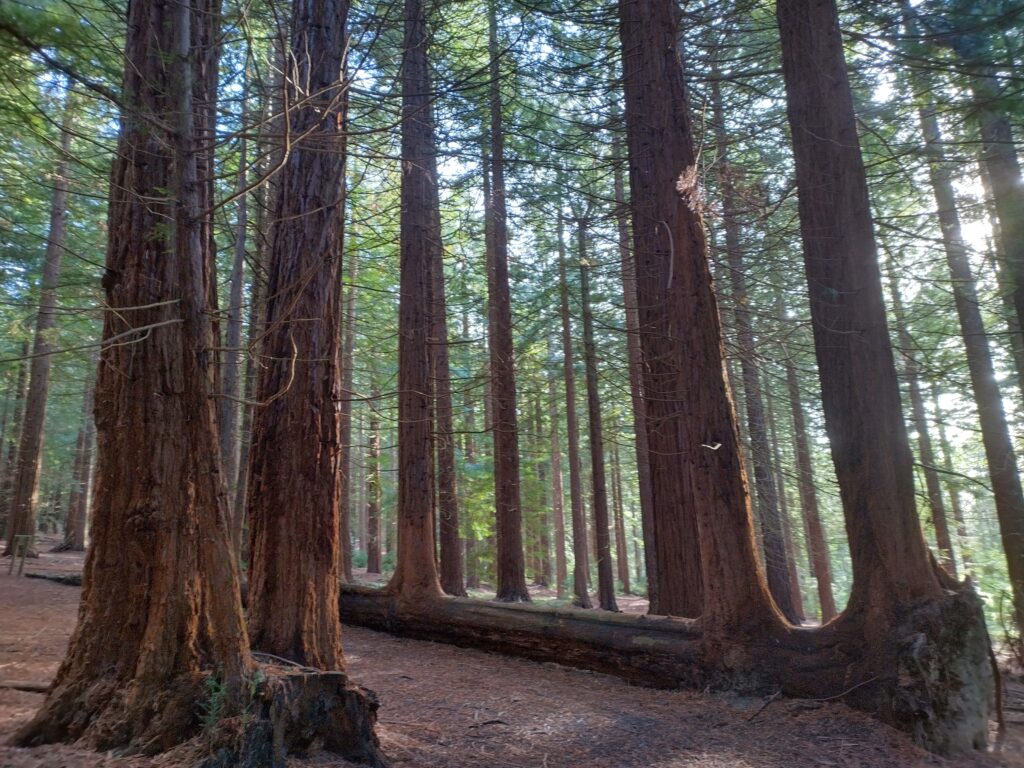
Overall, the ‘Getting to Know Conifers’ course at Preston Montford Centre was an exceptional experience. Under the guidance of Mark, we honed our conifer identification skills, focusing on accuracy and diagnostic features. The course was a perfect blend of enjoyment and learning, providing a comprehensive understanding of conifer species and their significance. We highly recommend this Field Studies Council course to anyone in the field of tree consultancy or those with a passion for botany, biological recording, and conservation.
